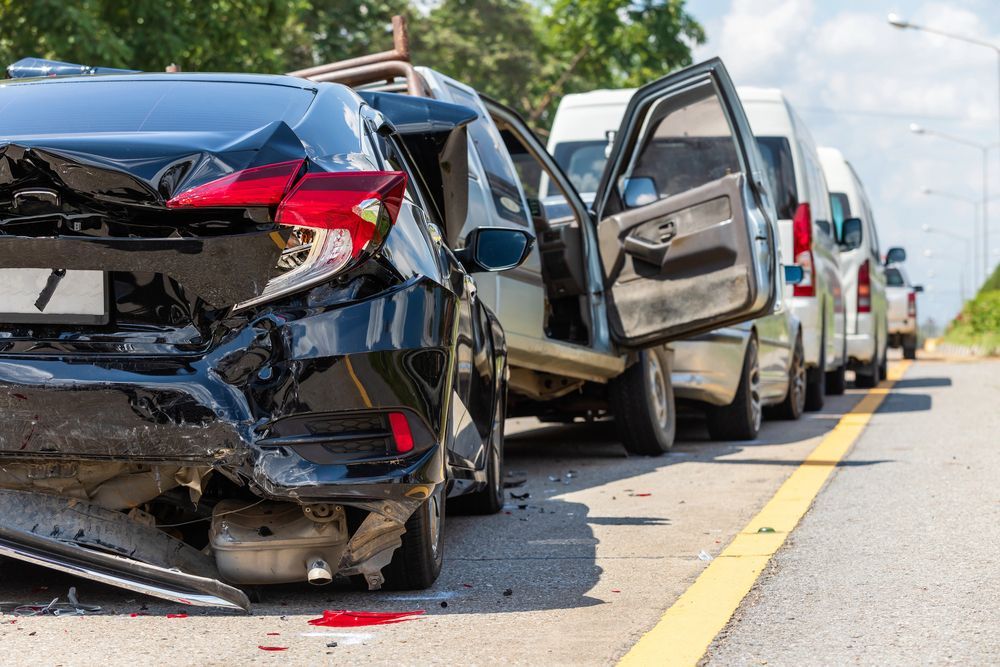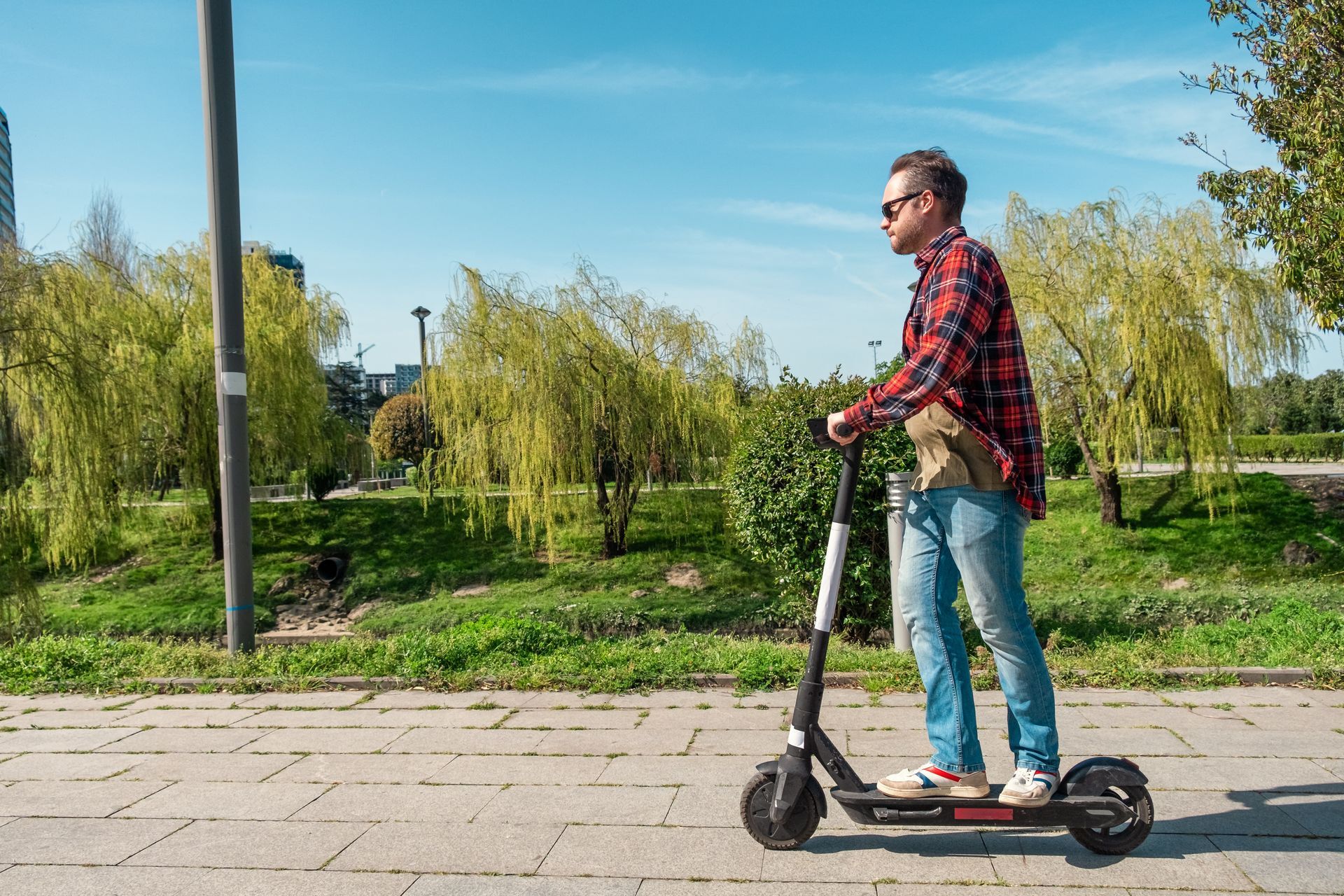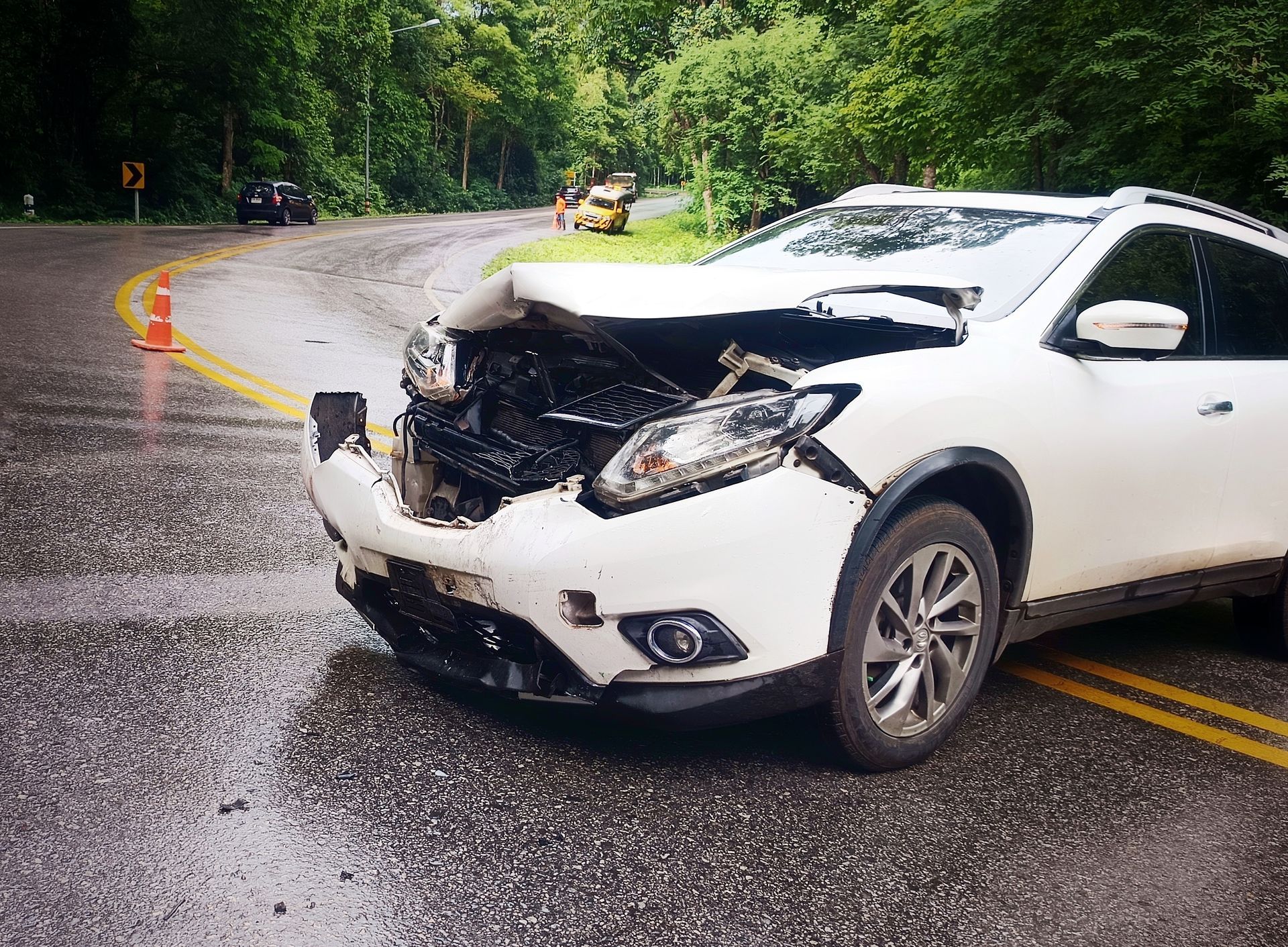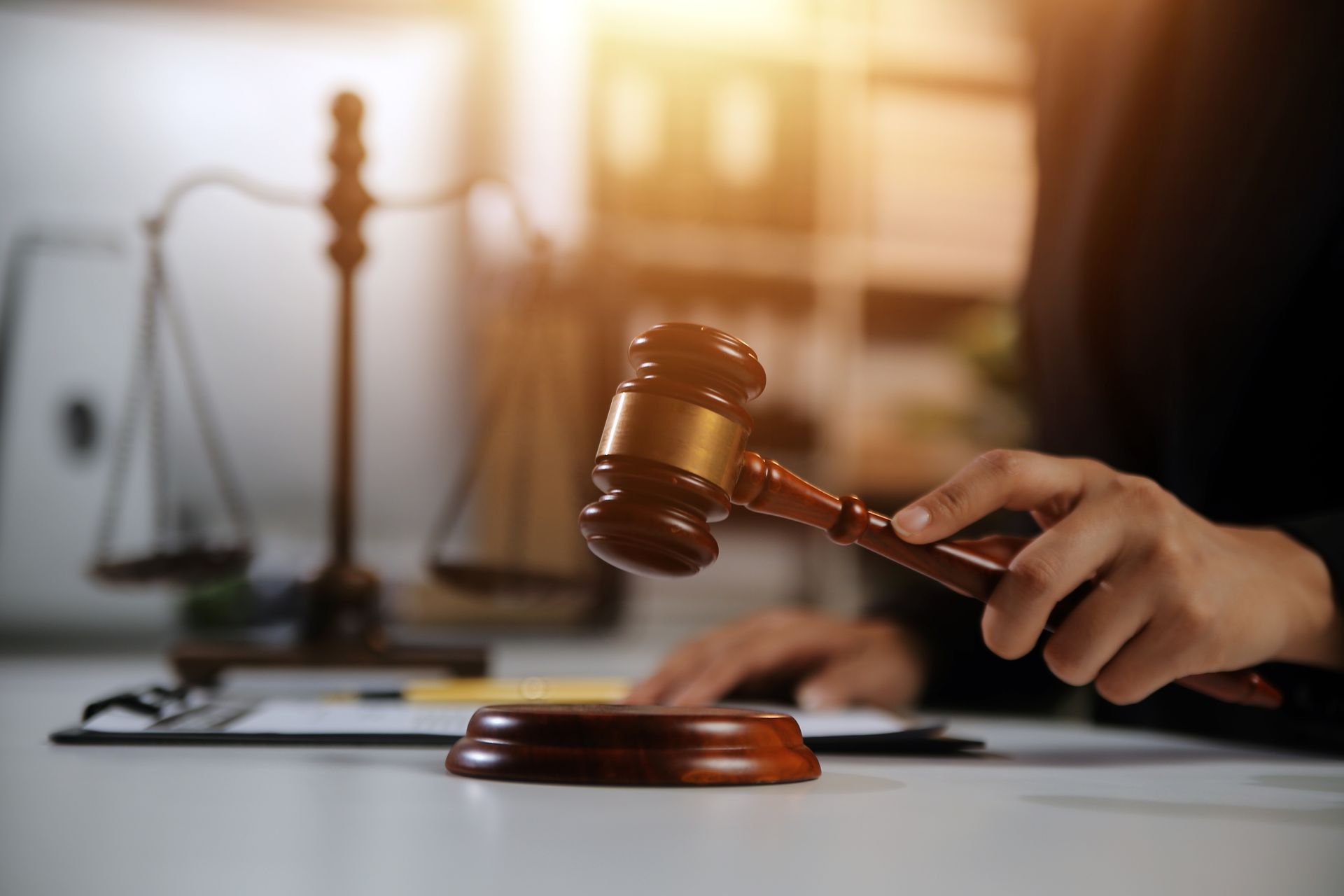Sargon Law Blog
Recent Blog Posts
Understanding What Evidence Is Needed To Convict a Hit and Run in AZ
According to a report from the Arizona Department of Transportation, the state experienced over 16,000 hit-and-run accidents in 2021, resulting in almost 4,000 injuries and 90 fatalities. The statistic is infuriating and terrifying, especially for pedestrians and cyclists, the two most likely victims of this type of accident. Faced with these numbers, Arizonians are asking what evidence is needed to convict a hit and run.
What Evidence Is Needed To Convict a Hit and Run: 9 Crucial Pieces

Hit-and-run claims are challenging to argue because of the lack of a defendant — authorities cannot identify all perpetrators. However, even without a defendant, accident victims can receive compensation.
An attorney can help victims identify and file claims under their existing insurance policies. Some insurance programs that may cover damages from a hit-and-run collision include:
- Collision
- Personal injury protection
- Uninsured motorist property damage
- Uninsured motorist bodily injury
If an accident victim's goal is not to make an insurance claim but to seek restitution from the perpetrator, they will need evidence. In fact, a victim will need proof even for an insurance claim. According to experts, every suit should have at least nine pieces of evidence to get a conviction or receive compensation in a hit-and-run case.
1. Photos and Videos
When considering what evidence is needed to convict a hit and run, the first things accident victims should think of are photos and videos. Documenting the scene is crucial to any future lawsuits.
If possible, take pictures of the car exactly where the accident occurred. Understandably, not all accident scenes will allow victims to leave their vehicles in a specific place. For example, it is not safe for a person to leave their car in the middle of a highway. If an accident occurs at a stop sign or near a traffic light, it is possible a person can document the scene as it is.
If an accident victim needs to move their vehicle, that is fine. They should take pictures of any damage to their car, paying particular attention to any evidence of another vehicle. Also, when it is safe to do so, they should take pictures or videos of where the incident occurred.
2. Skid Marks
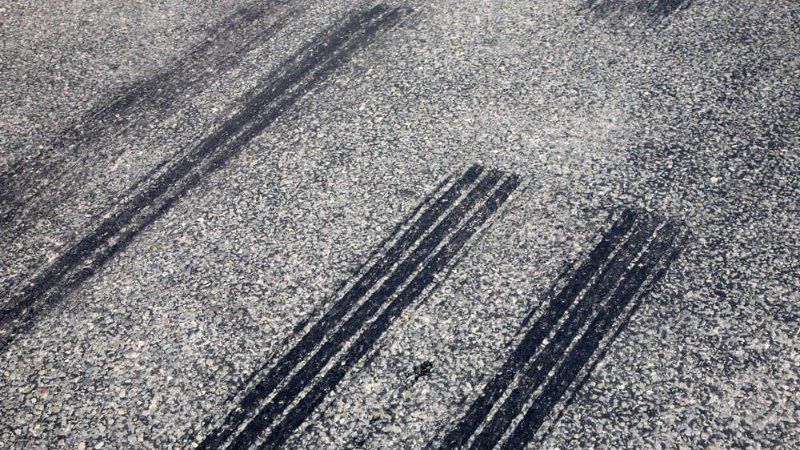
Documenting skid marks is also crucial for what evidence is needed to convict a hit and run. Skid marks can help police determine the acceleration and deceleration of the vehicles involved in the collision. Also, the size and shape of the pattern can help experts identify the make and model of tires, which can help narrow down vehicle searches.
For investigative purposes, skid marks represent a form of trace and contact evidence. A Phoenix car accident attorney can use forensic expert testimony to delve into such evidence when building a criminal or civil case.
3. Paint
Paint is another piece of evidence that can help prove an accident involved more than one vehicle. If an accident victim's vehicle has paint remnants from a different car on its rear bumper, or if the curb, light post, street sign, or other part of the environment around the crash site has automotive paint embedded in it, it can be evidence of a collision.
An experienced attorney can help accident victims combine paint evidence with other pieces of evidence to support an insurance or another civil claim.
4. Eyewitness accounts
When thinking about what evidence is needed to convict a hit and run, there is one piece of evidence that stands out above the rest: eyewitness accounts. A witness lends credibility to an accident victim's story. Without witnesses, a victim needs to rely on physical evidence, which is not always enough for a conviction or to receive compensation in a civil action.
5. Medical Records
Medical records need to specify that injuries relate to a previous collision. When an accident victim visits with a physician, they should stipulate the reason for their visit; it is also helpful to mention their interest in filing a civil claim. While a doctor or other medical professional is not a legal expert, they are aware of accident-related injuries, and documenting victim injuries as such strengthens a claim.
6. Expert Witness
Beyond physical evidence, when considering what evidence is needed to convict a hit and run, an attorney must think about how to relay complex evidence to a jury. An expert witness can help an attorney explain evidence to a jury in a credible way.
Expert witnesses are not people present at the time of the accident but rather professionals in a related field. For example, an attorney might call on a forensic mechanic's or similar professional's expertise to assess damage in a hit-and-run claim.
7. Emergency Responder Support
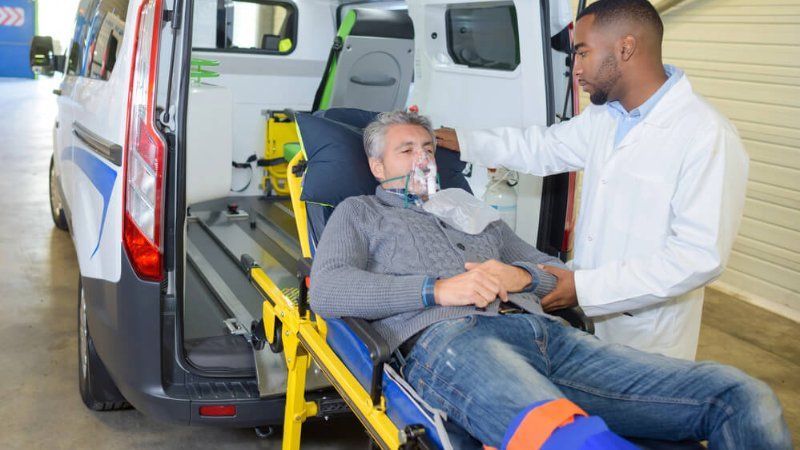
This is paragraph text. Click it or hit the Manage Text button to change the font, color, size, format, and more. To set up site-wide paragraph and title styles, go to Site Theme.
